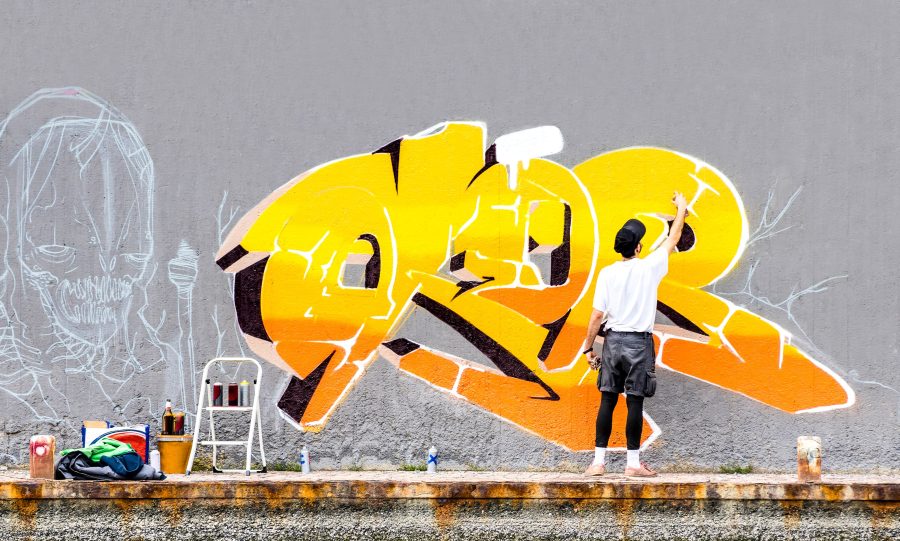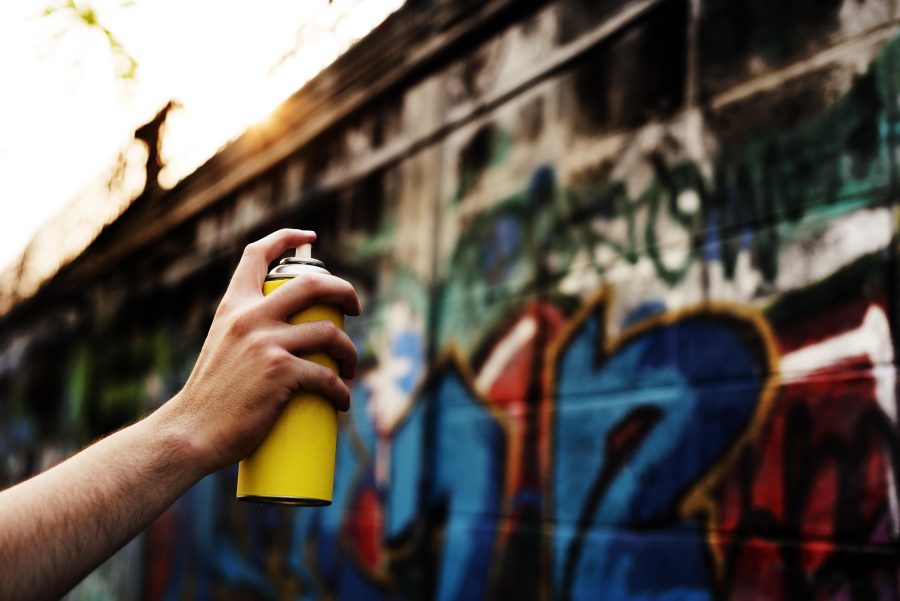The Power of Street Art: How Street Art Can Transform Urban Spaces and Challenge Social Norms
Street art has been a part of urban culture for decades, with graffiti, murals, and other forms of urban art adorning the walls of cities around the world. Often seen as vandalism or a nuisance, street art is now gaining recognition as a legitimate art form that can transform urban spaces and challenge social norms. In this blog post, we will explore the power of street art and its impact on urban spaces and society.
What is Street Art?
Street art is a form of visual art that is created in public spaces, often without permission. It includes a wide range of styles and techniques, from graffiti and murals to stickers and installations. Street art is often associated with subcultures such as hip-hop and skateboarding and is used to express political, social, and cultural messages.

The Transformative Power of Street Art
Street art has the power to transform urban spaces and challenge social norms in a way that other art forms cannot. By using public spaces as their canvas, street artists can reach a wider audience and engage with people who might not otherwise visit galleries or museums. Street art can also bring a sense of vibrancy and color to urban spaces that might otherwise be dull and uninviting.
One of the most transformative aspects of street art is its ability to challenge social norms and raise awareness of social and political issues. Street artists often use their art to make powerful statements about topics such as inequality, discrimination, and human rights. By bringing these issues to the public eye in a visual and accessible way, street art can spark conversations and inspire action.
The Role of Street Art in Urban Development
Street art can also play a key role in urban development, helping to revitalize neglected areas and create a sense of community pride. Murals and other forms of street art can turn derelict buildings and blank walls into works of art, attracting tourists and injecting new life into urban spaces. In some cases, street art has even been used to promote urban regeneration, with artists and community groups working together to transform neglected areas into vibrant cultural hubs.

Street Art and Social Change
Street art has the power to inspire social change by challenging dominant narratives and amplifying marginalized voices. By creating art in public spaces, street artists can bring attention to issues that might otherwise go unnoticed. Street art can also provide a platform for underrepresented groups, such as women, people of color, and LGBTQ+ individuals, to express themselves and assert their identities.
Street art can also play a role in activism and social movements, with artists using their art to protest against injustice and oppression. For example, during the Black Lives Matter protests in 2020, street artists created powerful murals and installations to honor the lives of those who had been killed by police violence and to call for systemic change.

The Controversy Surrounding Street Art
Despite its many benefits, street art remains controversial, with many people viewing it as vandalism and a form of public nuisance. Some argue that street art can encourage other forms of antisocial behavior, such as graffiti tagging and property damage. Others argue that street art is a form of gentrification, with artists and developers using it to attract tourists and raise property values in urban areas.
However, many street artists argue that their work is a form of self-expression and a way of reclaiming public spaces from corporate and political interests. They argue that street art can be a powerful tool for community building and social change and that it should be valued and respected as a legitimate art form. By engaging with street artists and community groups, we can work together to create public spaces that are inclusive, vibrant, and reflective of the communities that inhabit them.
In conclusion, street art is a powerful tool for social change and urban transformation. It challenges social norms, amplifies marginalized voices, and brings vibrancy and color to urban spaces. While it may be controversial, its impact on urban culture and society cannot be denied. As we continue to navigate the challenges of urban development and social change, street art will undoubtedly play an important role in shaping the future of our cities.
